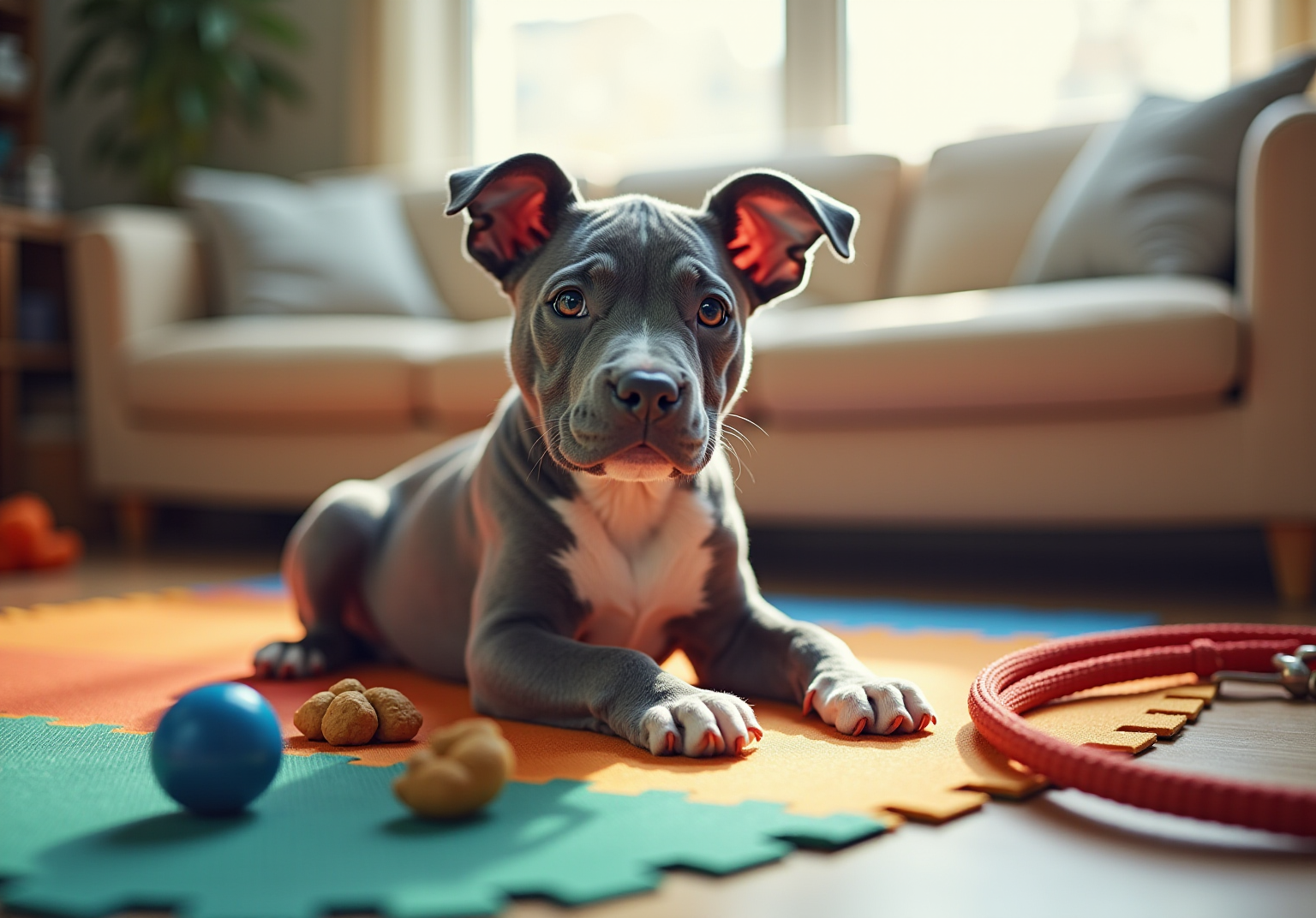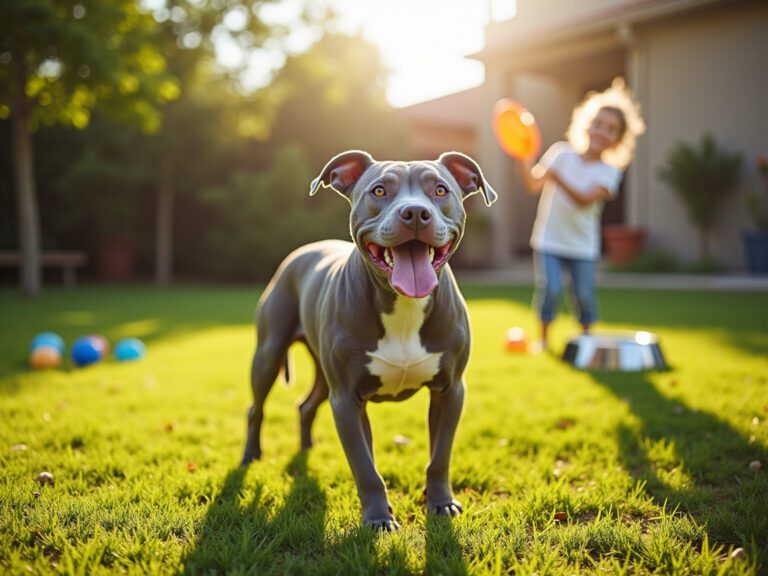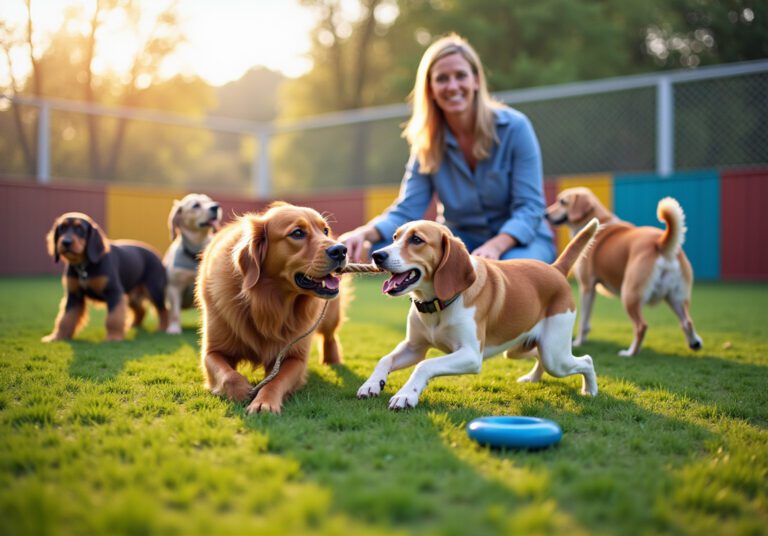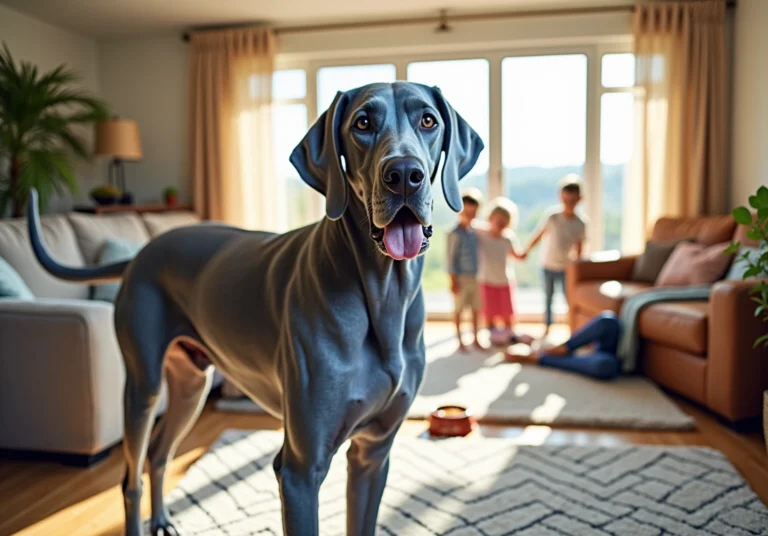4 Steps to Train Your Blue Nose Pitbull Puppy Effectively
Overview
To effectively train your Blue Nose Pitbull puppy, it’s essential to understand their unique traits and create a nurturing environment free from distractions. Focus on implementing positive reinforcement techniques, which not only encourage good behavior but also foster a loving bond between you and your furry family member. Regular socialization is equally important, allowing your puppy to interact with other pets and people in a safe space.
Consistent training with rewards, combined with mental stimulation and exercise, helps your puppy develop into a well-adjusted companion. Imagine the joy of watching your puppy thrive, growing into a confident and happy member of your family. By dedicating time to these practices, you’re not just training a pet; you’re nurturing a lifelong friendship. Embrace this journey, and together, you and your puppy can create countless cherished memories.
Introduction
Blue Nose Pitbull puppies are more than just pets; they are intelligent, loyal companions who thrive on positive interaction and training. As a caring owner, understanding their unique traits is essential for cultivating a well-behaved and happy dog. This guide provides practical steps to effectively train these energetic pups, from creating a distraction-free environment to implementing engaging training techniques.
What challenges might arise in this journey? How can you ensure that you are fostering a nurturing atmosphere for your furry family members? Together, let’s explore the path to a joyful and fulfilling companionship.
Understand the Unique Traits of Blue Nose Pitbulls
Blue-coated Pitbulls, especially blue nose Pitbull puppies, are truly remarkable companions, known for their loving and faithful nature. Their intelligence drives them to please, making them highly trainable. However, it’s important to recognize that they can also be strong-willed and energetic. To nurture your Pitbull effectively, consistent and positive reinforcement techniques are essential. As many pet owners have discovered, ‘A blue nose pitbull puppy is a smart dog, which makes it very trainable.’ Understanding these wonderful traits allows you to set realistic expectations and create a tailored development plan that meets your dog’s unique needs.
Social interaction and mental stimulation are vital for their growth, helping to cultivate a well-adjusted and obedient friend. Regular exercise is equally important—aim for at least 90 minutes daily to keep boredom at bay and support their overall well-being. By investing time in these areas, you are not just caring for your furry family member; you are fostering a nurturing environment where they can thrive.
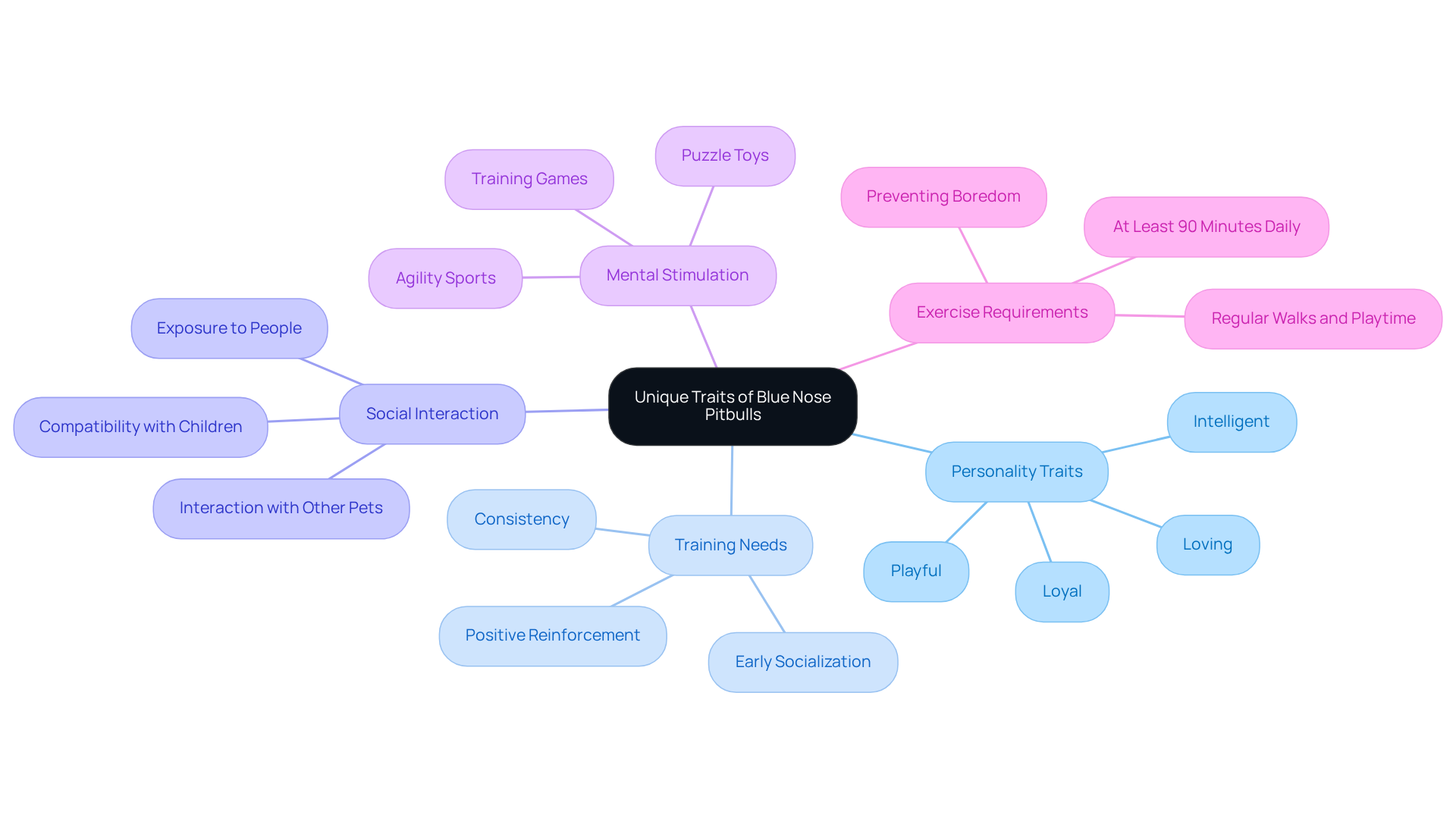
Prepare Your Environment and Gather Training Tools
Creating a nurturing learning atmosphere is essential for the success of your blue nose pitbull puppy. Begin by choosing a quiet space, free from distractions, whether it’s a cozy room in your home or a peaceful outdoor area. This allows your dog to focus on learning without interruptions. As Ian Dunbar emphasizes, building a relationship based on trust and respect is fundamental in training, and a distraction-free environment strengthens this bond.
Gather the following essential training tools to ensure a productive training session:
- High-Value Treats: Select small, tasty treats that your puppy loves. These will motivate and reinforce good behavior effectively.
- Clicker: A clicker helps you indicate desired behaviors accurately, guiding your dog in understanding exactly what you expect.
- Leash and Collar: A sturdy leash and collar are vital for maintaining control during training, ensuring both safety and focus.
- Training Mat: Designating a specific mat for practice sessions teaches your dog to calm down and establishes a clear boundary for training activities.
Make sure the training area is secure and inviting, free from hazards that could distract or harm your dog. A well-prepared environment lays the groundwork for successful growth and nurtures a positive learning experience. As you embark on this rewarding journey, remember that a positive mindset not only enhances your dog’s learning but also deepens the bond between you and your furry family member.
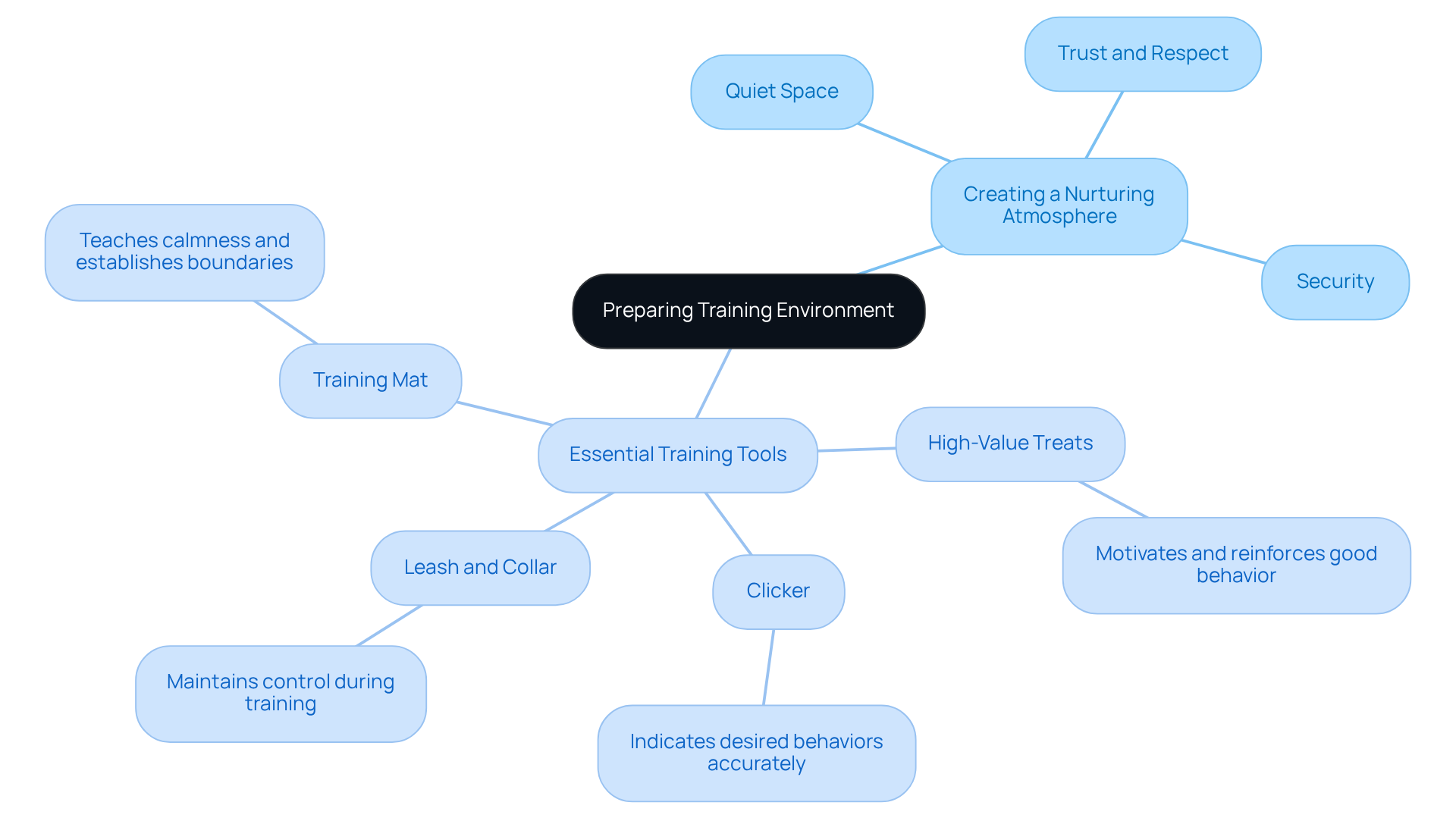
Implement Effective Training Techniques for Your Puppy
Begin training your furry family member, your Blue Nose Pitbull, with essential commands such as ‘Sit,’ ‘Stay,’ and ‘Come.’ Here’s how to effectively implement these nurturing techniques:
- Sit: Hold a treat above your dog’s nose and slowly move it back over their head. As they look up, their bottom will lower. Once they sit, say ‘Sit’ and reward them with the treat.
- Stay: Ask your dog to sit, then open your palm in front of them and say ‘Stay.’ Take a step back. If they remain in place, return and reward them. Gradually increase the distance as they become more comfortable with the command.
- Come: Use a leash to gently guide your young dog towards you while saying ‘Come.’ When they reach you, reward them with praise and treats. Practice this in a safe, enclosed area to ensure their focus.
Understanding what drives your dog is essential for successful instruction. Dogs flourish when encouraged through rewards—these can include treats, toys, or heartfelt praise. Keep training sessions short, ideally between 5 to 10 minutes, and make them enjoyable. Concluding on a positive note strengthens learning and keeps your dog engaged. Consistent practice and positive reinforcement are vital for effectively teaching these commands, fostering a deeper bond between you and your beloved pet.
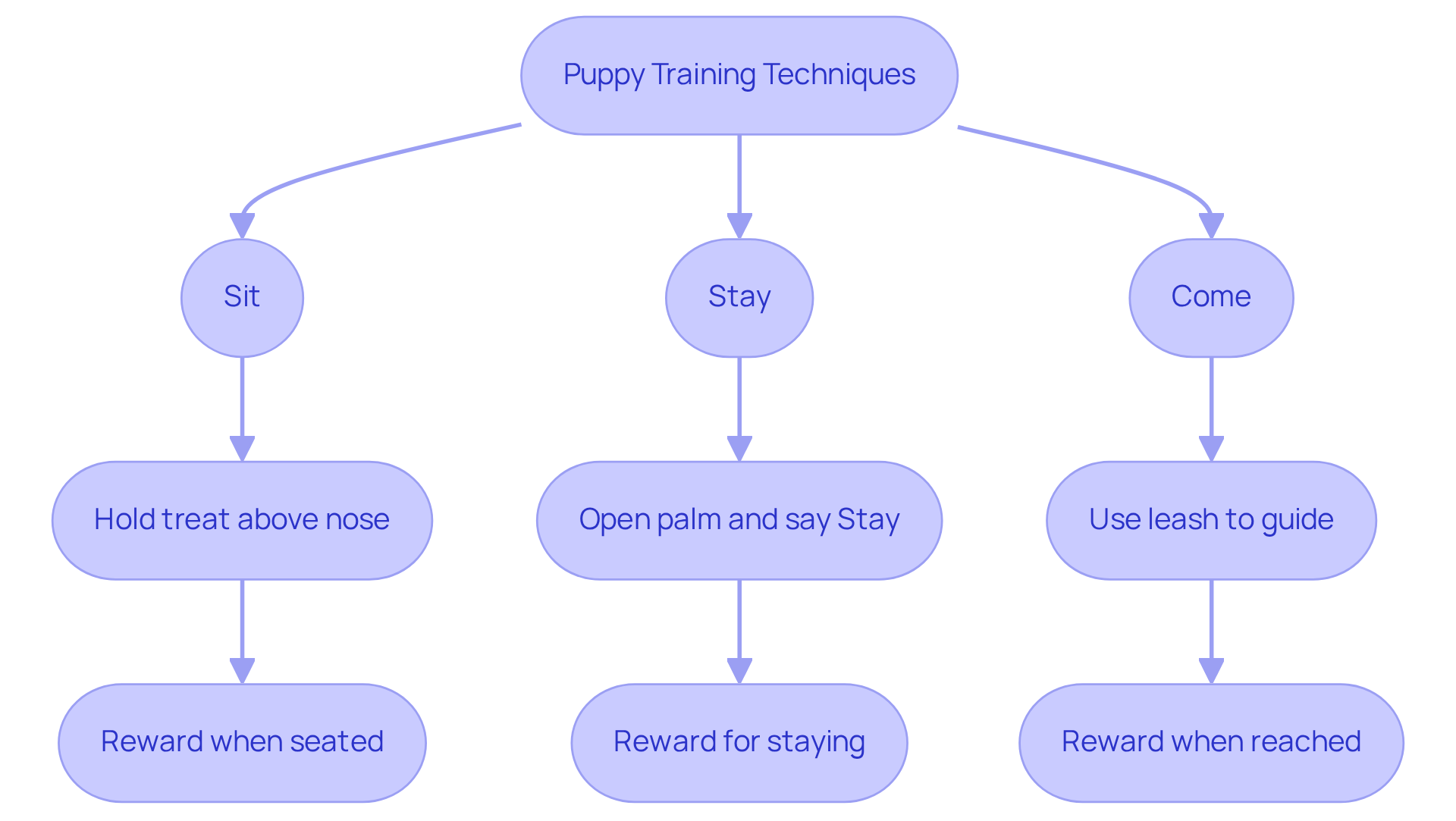
Socialize Your Blue Nose Pitbull and Reinforce Training
Socialization should begin as early as possible to ensure your Blue Nose Pitbull develops into a well-adjusted adult. Here are some effective steps to nurture your puppy’s social skills:
-
Introduce to New Environments: Take your young dog to various locations, such as parks, pet stores, and busy streets. This exposure allows them to experience a range of sights, sounds, and smells, which is crucial for their development.
-
Meet Other Dogs and People: Arrange playdates with other vaccinated dogs and introduce your young dog to individuals of all ages. Supervise these interactions to ensure they are positive and enjoyable, fostering a sense of security and belonging.
-
Reinforce Instruction During Socialization: Incorporate command exercises during socialization sessions. For instance, ask your young dog to ‘Sit’ when meeting new people or other canines, rewarding them for compliance. As Kathy Callahan, CPDT-KA and Family Dog Mediator, points out, “The best advice for teaching is so simple it likely slips your mind: catch your dog doing something right.” This reinforces good behavior and strengthens your bond, enhancing your relationship.
-
Monitor Behavior: Observe your puppy’s reactions closely. If they appear fearful or overwhelmed, provide them with space and try again later. Gradually increasing exposure to new experiences will help build their confidence over time, ensuring they feel secure in their surroundings.
By consistently socializing your Pitbull and reinforcing training, you will help them develop into a well-mannered and confident companion. Remember, Blue Nose Pitbulls thrive in family settings and require a minimum of 60-90 minutes of exercise daily to meet their physical needs and prevent behavioral issues. Your commitment to their socialization and well-being will pave the way for a loving and fulfilling relationship.
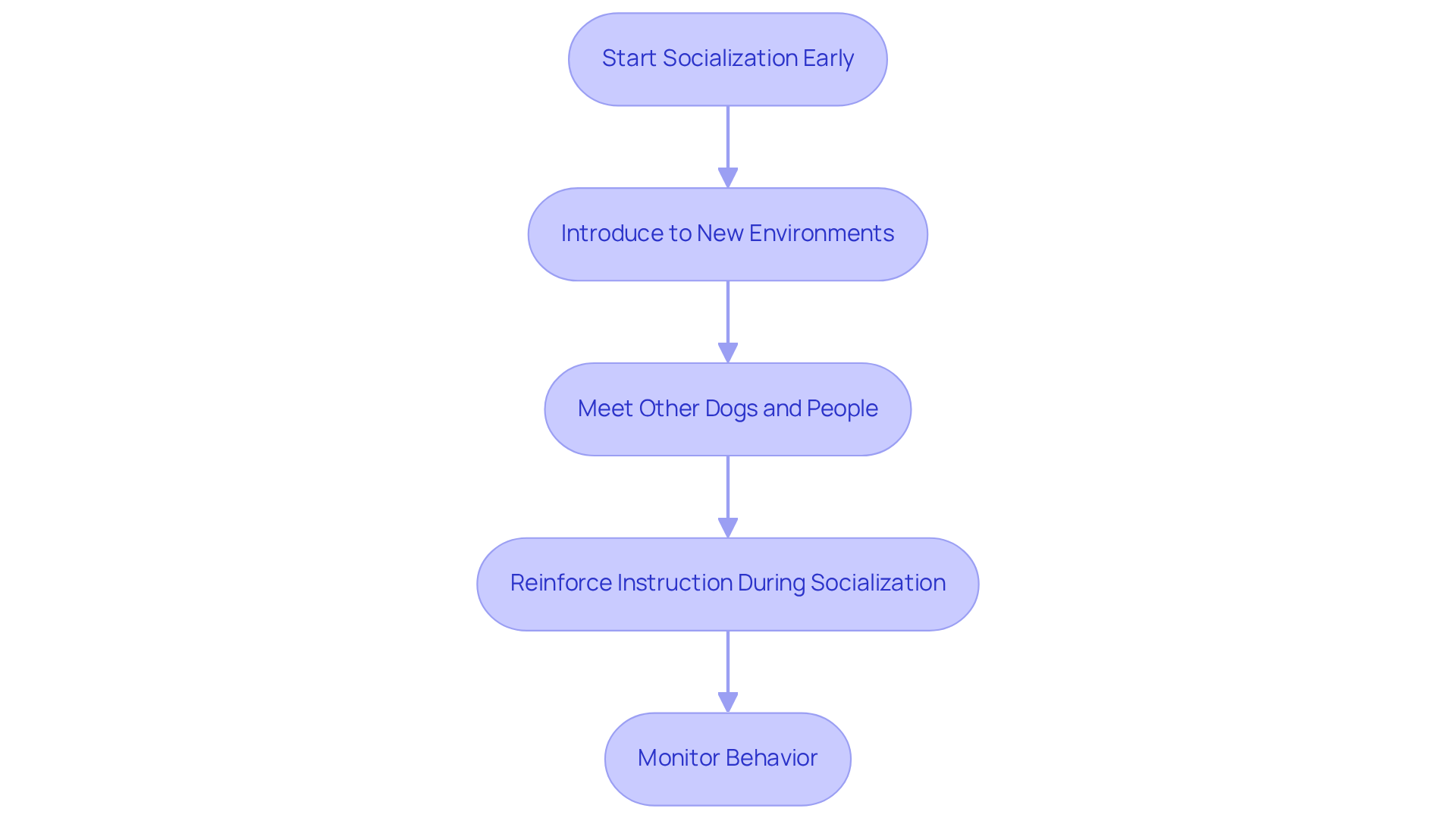
Conclusion
Training a Blue Nose Pitbull puppy effectively requires an understanding of their unique traits and a commitment to nurturing their development. These intelligent and energetic dogs thrive under consistent, positive reinforcement techniques that cater to their strong-willed nature. By establishing a supportive environment and utilizing the right training tools, pet owners can foster a loving and obedient companion that enriches their lives.
Key strategies include:
- Creating a distraction-free training space
- Implementing essential commands
- Prioritizing socialization
Introducing your puppy to new experiences and reinforcing learned behaviors during these interactions is crucial for building confidence and ensuring they grow into well-adjusted adults. Regular exercise and mental stimulation are equally important, as they help prevent behavioral issues and promote overall well-being.
Ultimately, the journey of training a Blue Nose Pitbull puppy is not just about teaching commands; it is about forging a deep bond based on trust and respect. By investing time and effort into their training and socialization, pet owners can enjoy a rewarding relationship with their furry friends. Embrace these steps and witness the transformation of your Blue Nose Pitbull into a loyal and loving companion, ready to share countless joyful moments together.
Frequently Asked Questions
What are the main traits of Blue Nose Pitbulls?
Blue Nose Pitbulls are known for their loving and faithful nature, intelligence, and strong-willed personality. They are highly trainable but require consistent and positive reinforcement.
Why is training important for Blue Nose Pitbulls?
Training is important because their intelligence drives them to please, making them eager learners. However, their strong-willed nature means they benefit from structured training approaches.
How much exercise do Blue Nose Pitbulls need?
Blue Nose Pitbulls require at least 90 minutes of exercise daily to prevent boredom and support their overall well-being.
What role does social interaction play in the development of Blue Nose Pitbulls?
Social interaction and mental stimulation are vital for their growth, helping to cultivate a well-adjusted and obedient companion.
How can I create a tailored development plan for my Blue Nose Pitbull?
Understanding their unique traits allows you to set realistic expectations and develop a plan that focuses on consistent training, socialization, and adequate exercise to meet their needs.

